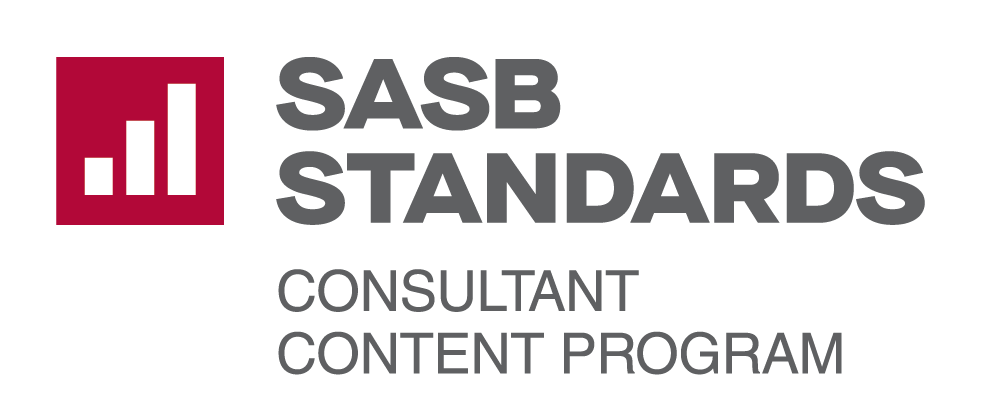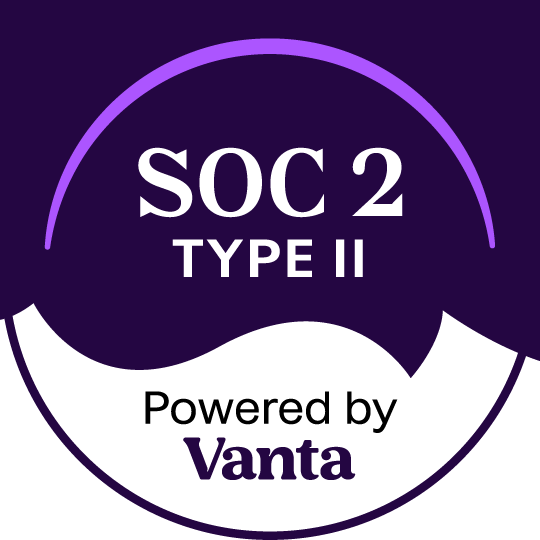ASRS overview
Introduced: September 2024 (Treasury Laws Amendment Act 2024)
Effective from: January 1, 2025 (phased by entity size)
Last modified: September 2024 (AASB issued final standards S1 & S2)
Region(s): Australia
About ASRS
Australia’s mandatory climate-related financial disclosures are now part of national law under the Treasury Laws Amendment Act 2024, embedding global ISSB standards (IFRS S1 & S2) directly into the Corporations Act. The Australian Sustainability Reporting Standards (ASRS) are designed to provide mandatory climate-related and broader sustainability disclosures for eligible entities, aligning closely with the IFRS® Sustainability Disclosure Standards.
These disclosure requirements provide investors and stakeholders with comparable, decision-useful sustainability and climate-risk data, aligning Australia’s reporting practices with global standards. The requirements also support the country’s ambitious 2050 net-zero emissions targets.
Key disclosure requirements
Companies required to comply must produce an annual Sustainability Report that includes:
- Governance: Clear disclosures of board oversight, responsibilities, controls, and internal procedures for managing climate-related financial risks and opportunities.
- Strategy: Detailed analysis of material climate-related risks and opportunities, their financial impacts, and resilience through scenario analysis. At least two climate scenarios must be assessed, including one scenario aligned with a 1.5°C global warming trajectory.
- Risk management: Processes for identifying, assessing, and managing climate-related risks and opportunities.
- Metrics & targets: Quantitative data on Scope 1 and Scope 2 (location-based) greenhouse gas emissions from the first year of reporting; Scope 3 emissions disclosures required from the second year. Metrics must align clearly with stated transition plans, goals, and emissions reduction targets.
Recent updates and clarifications:
- The Australian Accounting Standards Board (AASB) finalized the standards (AASB S1 and AASB S2) on 20 September 2024.
- AASB S2 provides mandatory climate-related disclosures for in-scope entities, aligning closely with IFRS S2.
- AASB S1 now covers broader sustainability topics (e.g., biodiversity, water) on a voluntary basis beyond climate.
- Mandatory disclosure of financed emissions is specifically required for banking, asset management, and insurance sectors.
- Entities under the National Greenhouse and Energy Reporting (NGERs) system can report using NGERs measurement methodology or GHG Protocol methodologies. Others must use GHG Protocol methods.
Criteria for compliance
Entities required to comply are divided into three groups based on their size and characteristics:
Group 1 (First reports due 2026 for FY 2024/25)
- Entities meeting at least two of the following:
- Revenue ≥ AU $500 million
- Assets ≥ AU $1 billion
- Employees ≥ 500
- Any NGER reporting facility emitting ≥100 ktCO₂-e
Group 2 (First reports due 2027 for FY 2026/27)
- Entities meeting at least two of the following:
- Revenue ≥ AU $200 million
- Assets ≥ AU $500 million
- Employees ≥ 250
- Large superannuation funds and managed schemes (≥ AU $5 billion AUM)
Group 3 (First reports due 2028 for FY 2027/28)
- Entities meeting at least two of the following:
- Revenue ≥ AU $50 million
- Assets ≥ AU $25 million
- Employees ≥ 100
- Reporting required only if climate-related financial risks are material.
Reporting Requirements
Annual Sustainability Reports must contain:
- A climate statement covering the financial year, prepared according to AASB S2 standards.
- Notes explaining methodologies, assumptions, and data collection processes.
- Compliance statements required by additional environmental legislation or instruments, if applicable.
- A directors’ declaration attesting compliance with applicable standards.
Reports must be filed annually with the Australian Securities and Investments Commission (ASIC). There are no exemptions for subsidiaries of international companies; all relevant entities must comply with local reporting requirements.
Third-party assurance and auditing
The Auditing and Assurance Standards Board (AUASB) mandates phased external audits:
- Year 1 (first filing): Limited assurance required on Scope 1 & 2 emissions, governance processes, and strategic disclosures.
- Year 2: Reasonable assurance required on Scope 1 & 2 emissions; limited assurance continues for other qualitative disclosures.
- Year 4 onward: Full reasonable assurance across all reported items (including Scope 3 emissions, strategy, and governance).
Penalties for non-compliance
- 2025–2028 transitional period: Limited immunity (“safe harbor”) provided for disclosures made in good faith related to Scope 3 emissions, scenario analyses, and transition plans. ASIC may request corrective disclosures, but private litigation is limited during this period.
- Post-2028 enforcement period: Full enforcement under the Corporations Act with civil penalties applicable for false, misleading, or incomplete disclosures. Directors may face personal liability and reputational damage risks.






